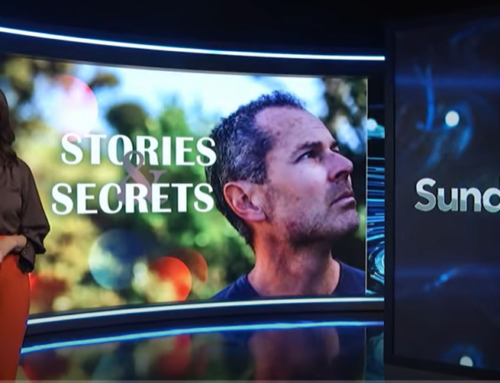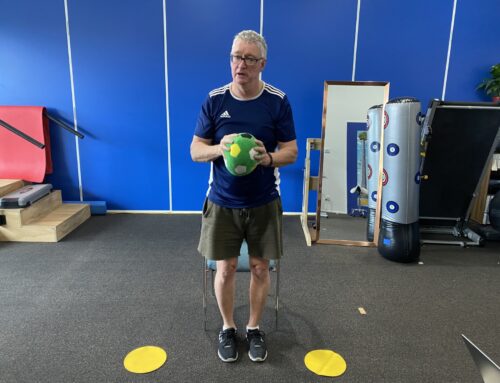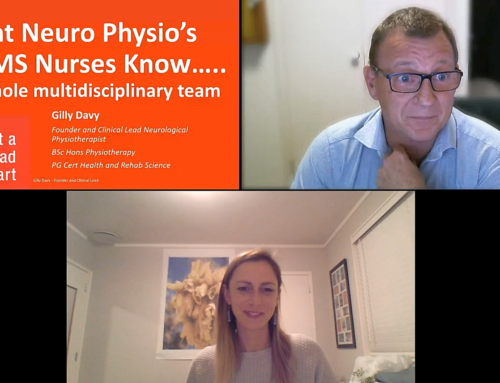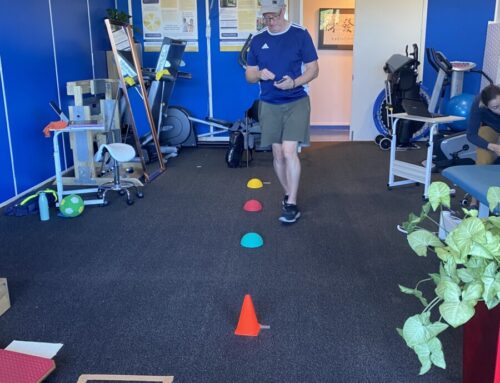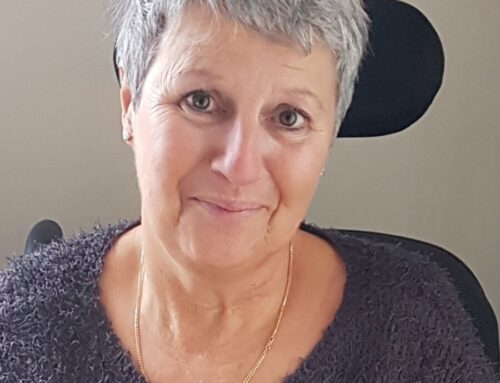You’ve had a stroke. Now what?
Most pe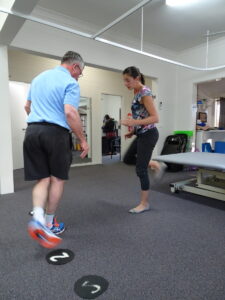 ople who have had a stroke, spend a couple weeks to months in the hospital receiving rehabilitation therapy. After this short time, they are discharged with little to no follow up. Many people are even under the impression that they can expect to see recovery during the first three months following their stroke, but recovery will be limited after that. Stroke is the second leading cause of death, and the main cause of severe disability in industrialised countries (Vive et al., 2020). Well most people will see some form of neurological recovery within the first 3 months; evidence shows that as many as 40-60% of stroke survivors see ongoing improvements in their functional independence and walking from 3 months up to 10 years post-stroke (Ferrarello et al., 2010).
ople who have had a stroke, spend a couple weeks to months in the hospital receiving rehabilitation therapy. After this short time, they are discharged with little to no follow up. Many people are even under the impression that they can expect to see recovery during the first three months following their stroke, but recovery will be limited after that. Stroke is the second leading cause of death, and the main cause of severe disability in industrialised countries (Vive et al., 2020). Well most people will see some form of neurological recovery within the first 3 months; evidence shows that as many as 40-60% of stroke survivors see ongoing improvements in their functional independence and walking from 3 months up to 10 years post-stroke (Ferrarello et al., 2010).
The most common deficits following stroke is hemiparesis – weakness of one side of the body. This predisposes people to sedentary behaviours, impaired balance and postural control, and results in high risk of falls (Vive et al., 2020). In order to improve or create change, therapy needs to promote neuroplastic changes. ‘Neuroplasticity’ refers to the brains plastic ability to continuously remodel throughout one’s life. There are six important principles for neuroplasticity that must be focused on in rehabilitation in order to create change:
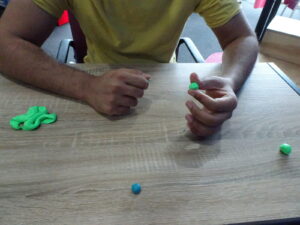
- Meaningful – The outcome and activity must be meaningful, interesting and relevant to the individual
- Repetitive – Thousands of repetitions are needed to build new pathways
- Intense – There is a need to work hard enough to increase the cardio and respiratory drive to release essential hormones into the brain
- Specific – To the skill required to achieve the goal
- Challenging and varied – To build the base to perform the skill in any setting
- Timed – The complete task must be completed in day-to-day life successfully not just in therapy
Does your rehabilitation incorporate those six principles to drive the necessary
changes to see results and achieve your goals? Are you completing enough repetitions? Is your rehabilitation intense enough? Is it specific to your goals? Are you being challenged? Therapy should be challenging to the point where you are failing 50% of the time. What is the 24 hour picture like? Are you working hard for 1 hour of therapy per day but returning to old habits for the rest of the day? Rehabilitation happens over a 24 hour period, and it is imperative that therapy and movement patterns you are working on in your therapy are translated into daily life.
There is a lot of evidence to support rehabilitation post-stroke. If you’re interested in reading more there are a few articles referenced below.
References
Ferrarello, F., Baccini, M., Rinaldi, L. A., Cavallini, M. C., Mossello, E., Masotti, G., Marchionni, N., & Di Bari, M. (2011). Efficacy of physiotherapy interventions late after stroke: A meta-analysis. Journal of Neurology, Neurosurgery & Psychiatry, 82(2), 136–143. https://doi.org/10.1136/jnnp.2009.196428
Vive, S., af Geijerstam, J.-L., Kuhn, H. G., & Bunketorp-Käll, L. (2020). Enriched, Task-Specific Therapy in the Chronic Phase After Stroke: An Exploratory Study. Journal of Neurologic Physical Therapy, 44(2), 145–155. https://doi.org/10.1097/NPT.0000000000000309

